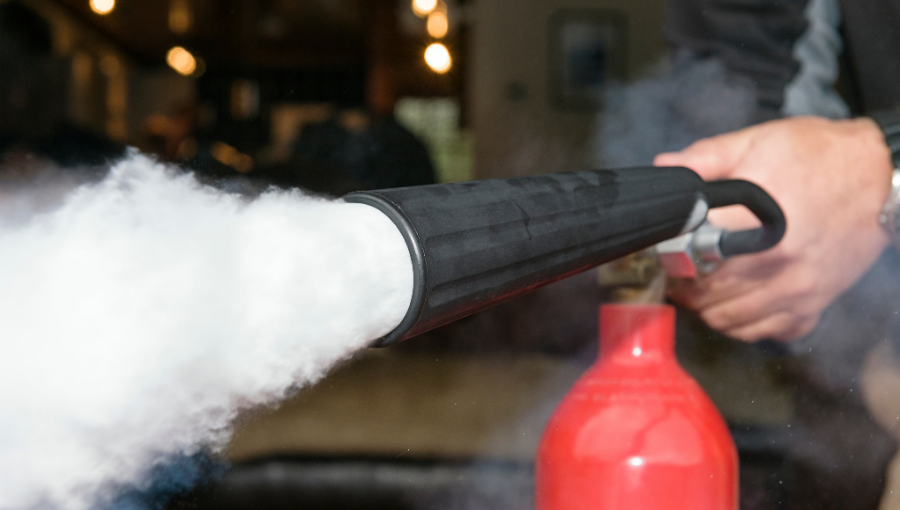Often called the invisible killer, carbon monoxide is an odorless, colorless gas created when fuels (such as gasoline, wood, coal, natural gas, propane, oil, and methane) burn incompletely. In the home, heating and cooking equipment that burn fuel are potential sources of carbon monoxide. Vehicles or generators running in an attached garage can also produce dangerous levels of carbon monoxide.
- The dangers of CO exposure depend on a number of variables, including the victim’s health and activity level. Infants, pregnant women, and people with physical conditions that limit their body’s ability to use oxygen (i.e. emphysema, asthma, heart disease) can be more severely affected by lower concentrations of CO than healthy adults would be.
- A person can be poisoned by a small amount of CO over a longer period of time or by a large amount of CO over a shorter amount of time.
- In 2016, local fire departments responded to an estimated 79,600 carbon monoxide incidents, or an average of nine such calls per hour. This does not include the 91,400 carbon monoxide alarm malfunctions and the 68,000 unintentional carbon monoxide alarms.
- Data from the Center of Disease Control and Prevention’s (CDC’s) National Center for Health Statistics shows that in 2017, 399 people died of unintentional non-fire carbon monoxide poisoning.
Safety tips
- CO alarms should be installed in a central location outside each sleeping area and on every level of the home and in other locations where required by applicable laws, codes or standards. For the best protection, interconnect all CO alarms throughout the home. When one sounds, they all sound.
- Follow the manufacturer’s instructions for placement and mounting height.
- Choose a CO alarm that has the label of a recognized testing laboratory.
- Call your local fire department’s non-emergency number to find out what number to call if the CO alarm sounds.
- Test CO alarms at least once a month; replace them according to the manufacturer’s instructions.
- If the audible trouble signal sounds, check for low batteries. If the battery is low, replace it. If it still sounds, call the fire department.
- If the CO alarm sounds, immediately move to a fresh air location outdoors or by an open window or door. Make sure everyone inside the home is accounted for. Call for help from a fresh air location and stay there until emergency personnel arrive.
- If you need to warm a vehicle, remove it from the garage immediately after starting it. Do not run a vehicle or other fueled engine or motor indoors, even if garage doors are open. Make sure the exhaust pipe of a running vehicle is not covered with snow.
- During and after a snowstorm, make sure vents for the dryer, furnace, stove, and fireplace are clear of snow build-up.
- A generator should be used in a well-ventilated location outdoors away from windows, doors and vent openings.
- Gas or charcoal grills can produce CO — only use outside.
Symptoms of CO poisoning
CO enters the body through breathing. CO poisoning can be confused with flu symptoms, food poisoning and other illnesses. Some symptoms include shortness of breath, nausea, dizziness, light headedness or headaches. High levels of CO can be fatal, causing death within minutes. Please see these safety tips for more information.


